Green tea is made from tea leaves that have undergone only minimal oxidation. To stop the oxidation process, they are subjected to heat. In China, this is usually done through roasting in a pan; in Japan the leaves are steamed.
Due to the different heating methods, Chinese teas are generally sweeter, milder and easier to brew, while Japanese teas are more delicate and sensitive, with a slightly more bitter and grassy flavor.
How to Prepare Green Tea
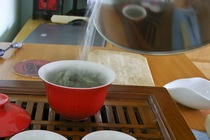
In general, you’ll want to use about 2 grams of tea per 100ml of water (about 1 tsp per teacup). The water temperature should be between 60 and 85°C (140-185°F) and the steeping time should range from 30 seconds to 3 minutes.
As a rule, for higher quality teas, you’ll use more tea leaves, a lower water temperature and a shorter steeping time; lower quality teas will need fewer leaves, a higher temperature and longer steeping times.
For the most part, Japanese varieties of tea are best brewed using a traditional Japanese-style teapot, either a side-handled kyusu.
Or a tetsubin cast iron pot.
Any glass or ceramic pot will work, though.
The ultra-healthy and recently popular Japanese tea matcha is the exception and requires a whole set of specialized equipment, although it is possible to substitute everyday utensils for most of them.
See the matcha page for some tips. You will also often find everything you need pre-packaged in a matcha kit:
Includes:
- Matcha Whisk
- Traditional Scoop
- Matcha Bowl
- Ceramic Whisk Holder
- Matcha Caddy
- Tea Cloth
- Tea Cloth Holder
- Scoop Holder
- Matcha Powder Strainer
While Chinese teas can certainly be brewed in a teapot, most Chinese people will use a simple tall 8oz glass or a traditional lidded cup called a gaiwan.
For detailed instructions on using some of the more specialized equipment, please see the pages for the individual teas listed below.
Japanese Green Teas
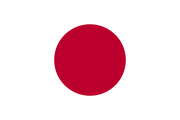
Here are the six most popular Japanese green teas, from the highest quality tea to the lowest:
Matcha: very high quality green tea powder that is used in the Japanese tea ceremony; the healthiest of all teas; an increasing number of people in the west sprinkle it on food or use it in lattes; difficult to brew correctly
Gyokuro: one of the finest teas available; expensive; high number of nutrients in the leaves; slightly difficult to brew correctly
Sencha: the most common tea in Japan; can be a little difficult to brew correctly
Genmaicha: green tea with toasted brown rice; has a unique taste; easy to brew
Houjicha: a roasted green tea; easy to brew; milder taste than other Japanese teas
Bancha: the lowest quality Japanese tea; easy to brew; inexpensive
Chinese Green Teas
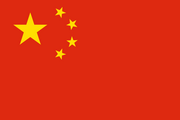
Here is a selection of six popular Chinese green teas:
Dragon Well Tea: the most famous Chinese tea; high quality; sweet flavor; high concentrations of catechins
Biluochun: a tightly rolled tea resembling snail meat; slightly fruity taste
Lu’An Melon Seed: holds the “China Famous Tea” designation; smooth, sweet, nut like flavor
Lu Mt. Cloud Mist Tea: has traditionally held the “China Famous Tea” designation; high number of nutrients in the leaves; sweet flavor
Gunpowder Tea: small, round pellets that resemble gunpowder grains; thick, strong, slightly smokey flavor
Jasmine Green Tea: the most famous scented tea; sweet, smooth taste; good for stress relief
If you do not live near a shop that sells high quality tea, I cover where best to buy green tea leaves online here.
All Articles On Green Tea
- Green Tea Interactions With Medications (What You Need To Know)
- Green Tea And Kidney Stones (Everything You Need To Know)
- Bancha Vs Sencha (Similar But Also Quite Different)
- Sencha Tea Benefits (10 Healthy Reasons To Drink Sencha)
- Green Tea Alternatives (8 Other Healthy Drinks To Try)
- Is Green Tea Good For Diabetics? (Get The Facts)
- Green Tea Allergy (Everything You Need To Know)
- Green Tea During Pregnancy (Everything You Need To Know)
- How To Make Green Tea Shots (Recipes And Tips)
- How To Make Iced Green Tea (4 Different Methods)
- Green Tea After Surgery (What You Need To Know)
- Addicted To Green Tea (Do You Need To Worry?)
- Green Tea For Acid Reflux (Helpful Or Harmful?)
- Sencha Vs Matcha (Which One Should You Drink And Why?)
- What Does Green Tea Taste Like? (Incredibly Diverse Flavors!)
- Hojicha Vs Matcha (Key Differences You Need To Know)
- Types Of Green Tea Varieties (A Comprehensive Guide)
- Green Tea After Meals (Why This Can Be A Problem)
- How To Cold Brew Green Tea (Easy Step-By-Step Guide)
- Gunpowder Green Tea Benefits (And Side Effects)
- How Much Green Tea Should I Drink A Day For The Full Benefits?
- Green Tea Cholesterol Effect (Everything You Need To Know)
- Green Tea Before Workout (Everything You Need To Know)
- Green Tea While Breastfeeding (Safe Or Harmful?)
- Green Tea Health Benefits (And Side Effects You Should Know About)
- Green Tea Vs Coffee (Caffeine, Health Benefits, Side Effects & More)
- Does Green Tea Make You Gassy? (The Smelly Truth)
- Why Does Green Tea Make Me Sleepy? (7 Surprising Reasons!)
- Japanese Vs Chinese Green Tea (Everything You Need To Know)
- Does Green Tea Keep You Awake? (The Answer May Surprise You!)
- Can You Add Milk To Green Tea? (Why You Shouldn’t)
- Is Green Tea An Herbal Tea? (The Difference Gets A Bit Confusing)
- Why Is My Green Tea Brown? (And Is It A Problem?)
- Is Green Tea Acidic? (What About Black Tea Or Herbal Teas?)
- Green Tea Side Effects On Periods (And How To Minimize Negative Ones)
- Does Green Tea Stain Your Teeth?
- Can I Mix Green Tea With Normal Tea? (Black Tea Or Any Other Type)
- Drinking Green Tea On An Empty Stomach
- Cold Green Tea Benefits (Some Added Health Benefits Over Hot Tea)
- Can A Pregnant Woman Drink Green Tea? (How About Other Types?)
- Benefits Of Drinking Green Tea Before Bed
- How To Make Green Tea Taste Good Naturally
- How To Prepare Green Tea Like A Chinese Or Japanese Tea House
- Is Arizona Green Tea Healthy For You? (You’ll Be Surprised)
- Best Green Tea Brands For High Quality At Great Prices
- What Does Green Tea Do To Prevent Strokes?
- Green Tea With Ginseng (Double the Health Benefits?)
- Where To Buy Green Tea Leaves Online
- Should You Give Green Tea to Your Kids?
- How To Make Your Own Green Tea Water Bomb Mask
- Green Tea Kit Kat Review (And Where To Buy)
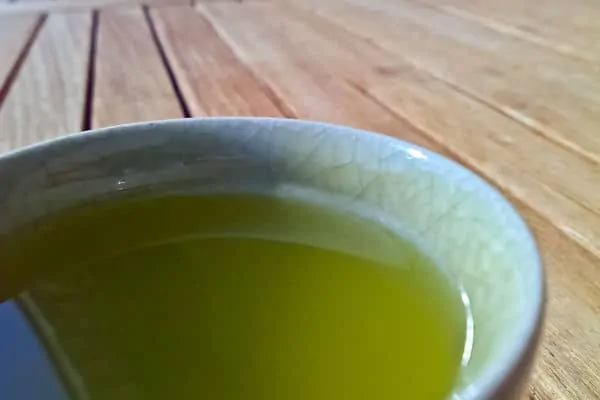
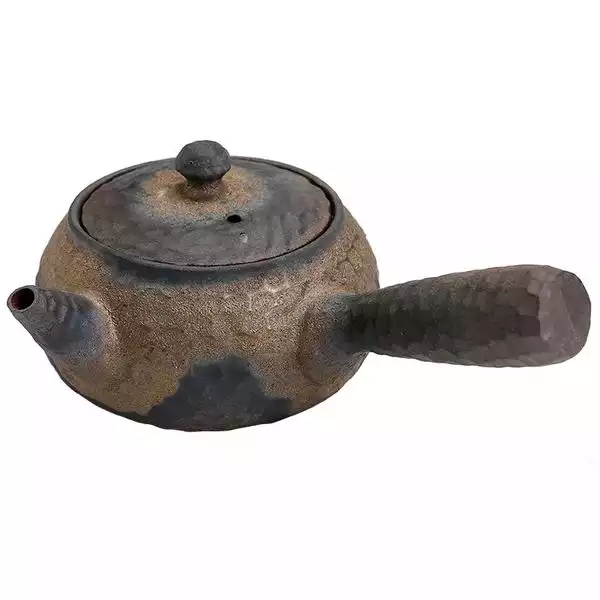
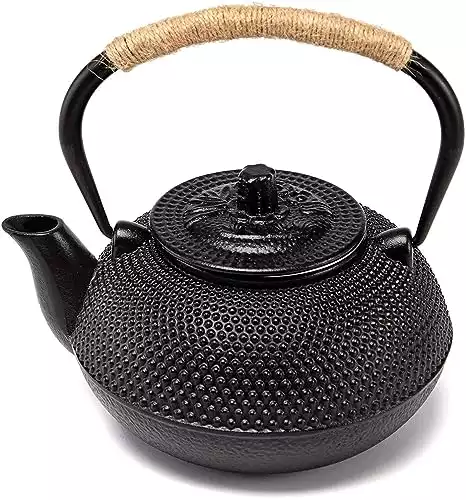
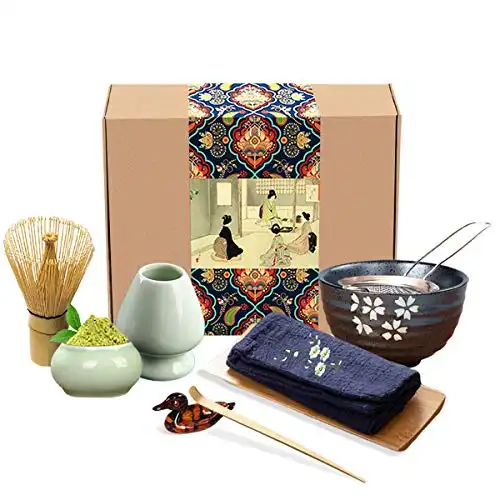
Leave a Reply